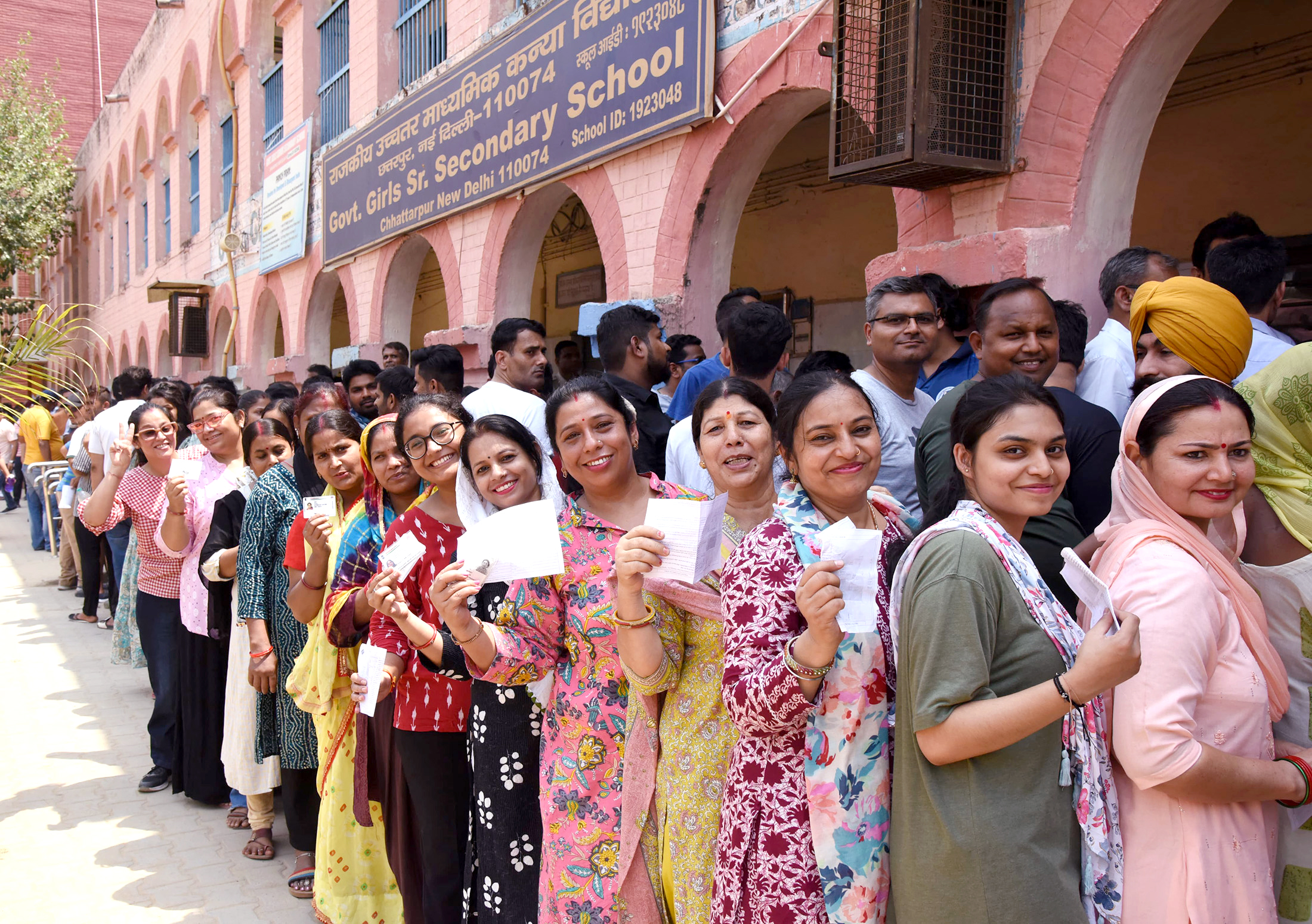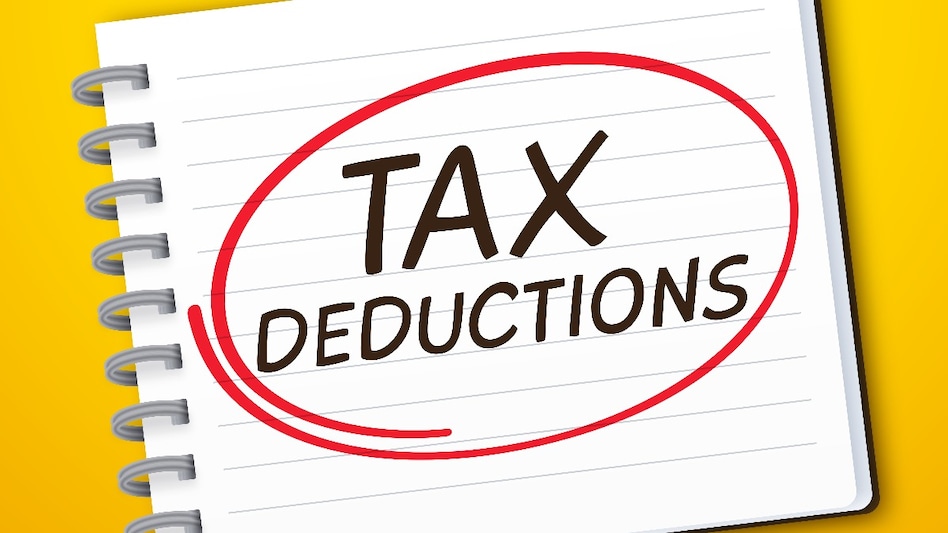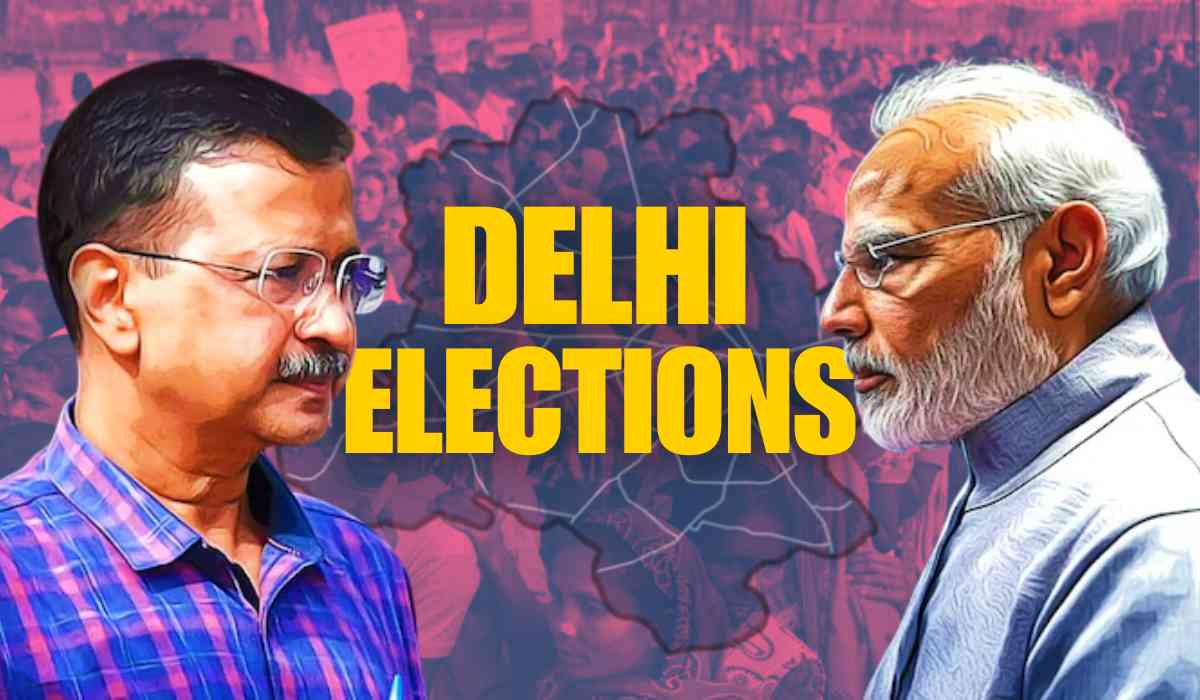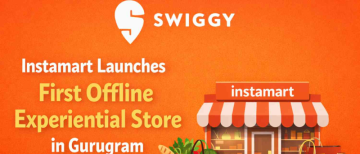The Delhi elections are heating up, and the Modi government is pulling out all the stops to secure a victory. With just hours to go before voters head to the polls, the spotlight is on the recent tax relief measures introduced in the Union Budget, which have sparked excitement among the middle class.
Tax Relief: A Game Changer?
On February 1, Prime Minister Narendra Modi presented what he dubbed "the most middle-class-friendly Budget ever," just days before the election. The highlight of this budget is a significant tax relief that exempts incomes up to ₹12 lakh from taxation. This move has been met with enthusiasm from various segments of Delhi's middle class, including teachers, IT professionals, and bank employees, who see it as a much-needed financial boost amid rising costs of living.
Many residents believe this tax cut will not only ease their financial burden but also stimulate spending on leisure activities like holidays and dining out, which could further benefit the economy. For instance, households where both partners work could save between ₹50,000 and ₹70,000 annually—money they can use for personal expenses or investments.
Political Landscape: A Tug of War
The Aam Aadmi Party (AAP), currently in power since 2015, is facing fierce competition from the Bharatiya Janata Party (BJP). The BJP aims to capitalize on this tax relief to win over middle-class voters, a demographic that has traditionally supported them. Meanwhile, AAP is also courting these voters with its own "middle-class manifesto," promising increased funding for Resident Welfare Associations (RWAs) and better local governance.
Political analysts suggest that while the BJP's tax relief may consolidate its base among middle-class voters, it might not lead to a significant shift in loyalty among those from lower-income groups who are more reliant on welfare schemes. The AAP has been accused of corruption recently, which could impact their standing as they attempt to retain power against growing criticism from the BJP.

Voter Sentiment: What Are They Saying?
Local residents have expressed mixed feelings about the upcoming elections. Many appreciate the government's attention to their financial concerns through tax relief but remain wary about other issues like infrastructure and governance. Complaints about poor road conditions and erratic water supply persist, indicating that while tax cuts are welcome, they are not a panacea for all problems facing Delhiites.
BS Vohra, president of an RWA in East Delhi, noted that after a long time, it feels like the government is finally addressing middle-class needs. However, some citizens worry that these measures may be too little too late for those struggling with inflation and rising costs.
The Final Countdown
As voting day approaches, both parties are ramping up their efforts to sway voters. The BJP is banking on its recent budget announcements to energize its base while AAP is trying to remind voters of its achievements in education and healthcare. With over 15 million voters set to cast their ballots for 70 assembly seats in Delhi, the outcome remains uncertain.
In this high-stakes political battle, one thing is clear: the middle class will play a crucial role in determining who governs Delhi for the next term. As voters prepare to head to the polls today, all eyes are on how effectively each party can translate promises into votes.
How are the AAP and BJP different in their approach to middle-class voters?
The approaches of the Aam Aadmi Party (AAP) and the Bharatiya Janata Party (BJP) towards middle-class voters in Delhi reflect their distinct political strategies and priorities, especially as the 2025 Delhi Assembly elections approach.

AAP's Strategy: The Middle-Class Manifesto
The AAP has recently shifted its focus to appeal more directly to middle-class voters, a demographic that has historically viewed it as primarily catering to the underprivileged. In January 2025, the party launched a "middle-class manifesto," which outlines seven key demands aimed at improving the financial situation of this group. These demands include:
- Increasing the education budget from 2% to 10%.
- Capping fees for private schools and providing scholarships for higher education.
- Raising the health budget to 10% and eliminating taxes on health insurance.
- Increasing the income tax exemption limit from ₹7 lakh to ₹10 lakh.
- Abolishing GST on essential commodities.
- Creating comprehensive retirement plans for senior citizens with free treatment.
- Restoring discounts for senior citizens on rail travel.
This manifesto signifies AAP's recognition of its need to broaden its appeal beyond its traditional base of lower-income voters, especially as it faces challenges from the BJP, which has a stronghold among middle-class voters in Delhi.

BJP's Approach: Tax Relief and Economic Messaging
In contrast, the BJP has positioned itself as a champion of middle-class interests through economic initiatives, particularly in its recent Union Budget. Prime Minister Narendra Modi labeled this budget as "the most middle-class friendly" in India's history, highlighting significant tax relief measures such as raising the income tax rebate threshold to ₹12 lakh per annum. This move aims to energize middle-class voters who feel burdened by high taxes and inflation.The BJP has historically maintained strong support among middle-class voters by emphasizing economic growth and development. The party's messaging often revolves around its ability to manage the economy effectively, contrasting it with what they describe as AAP's failures in governance. The BJP seeks to leverage its record in national politics to win over voters who may be disillusioned by local issues under AAP’s administration.
Key Differences in Approach
- Target Audience: AAP is actively working to reshape its image as a party for both the poor and the middle class, while BJP relies on its established reputation among middle-class voters.
- Policy Focus: AAP's manifesto emphasizes social welfare and educational reforms, whereas BJP focuses on tax relief and economic growth.
- Campaign Strategy: AAP uses its manifesto as a tool for direct engagement with middle-class concerns, while BJP employs broader economic messaging to appeal to this demographic.
Conclusion
As both parties prepare for the elections, their differing approaches highlight their strategies for securing votes from the crucial middle-class segment in Delhi. AAP aims to redefine itself with targeted policies that address middle-class needs, while BJP seeks to consolidate its existing support through economic incentives and a strong narrative of effective governance. The outcome will depend on how well each party resonates with voters' immediate concerns amidst ongoing challenges like inflation and public service delivery.
With inputs from agencies
Image Source: Multiple agencies
© Copyright 2024. All Rights Reserved Powered by Vygr Media.



















